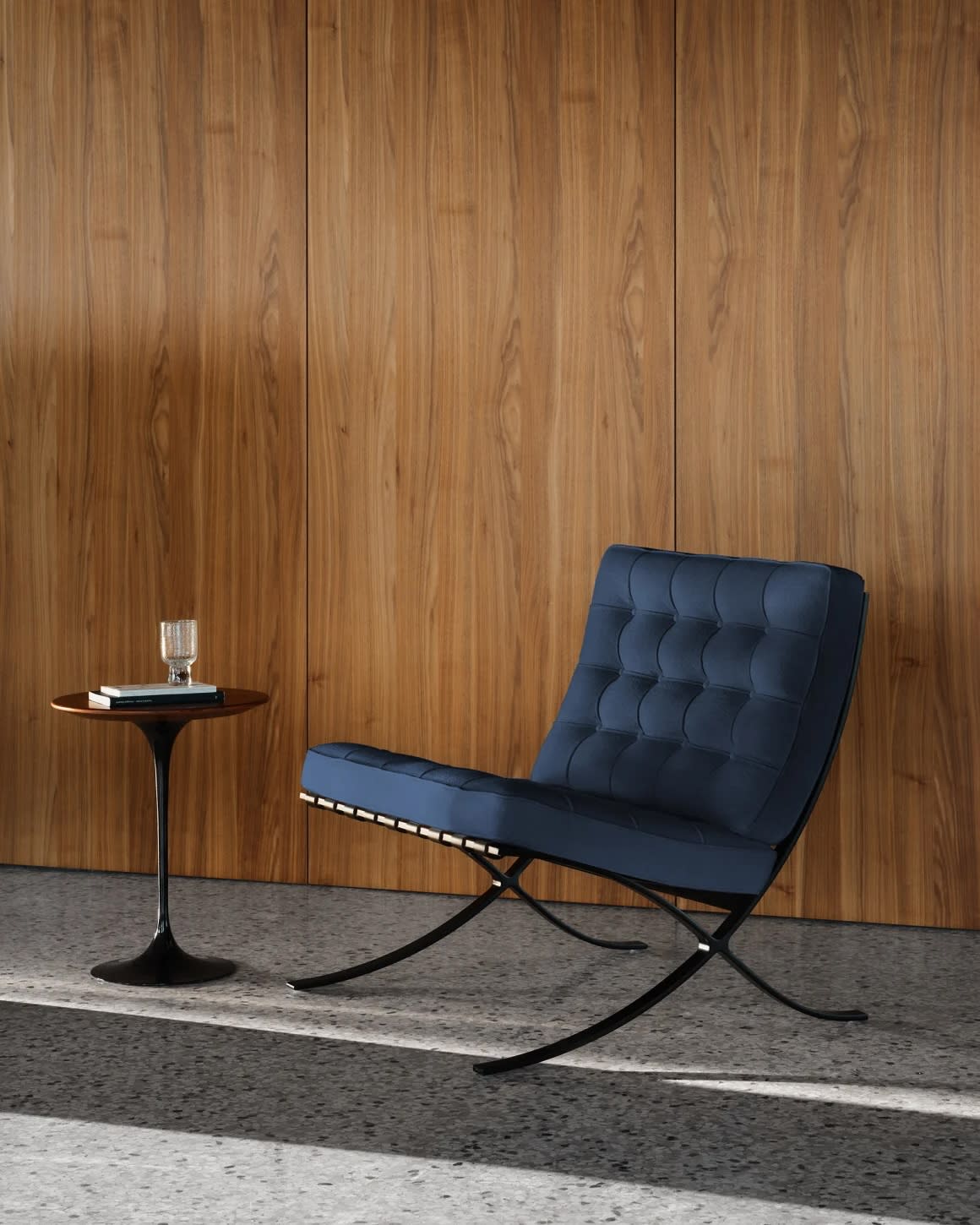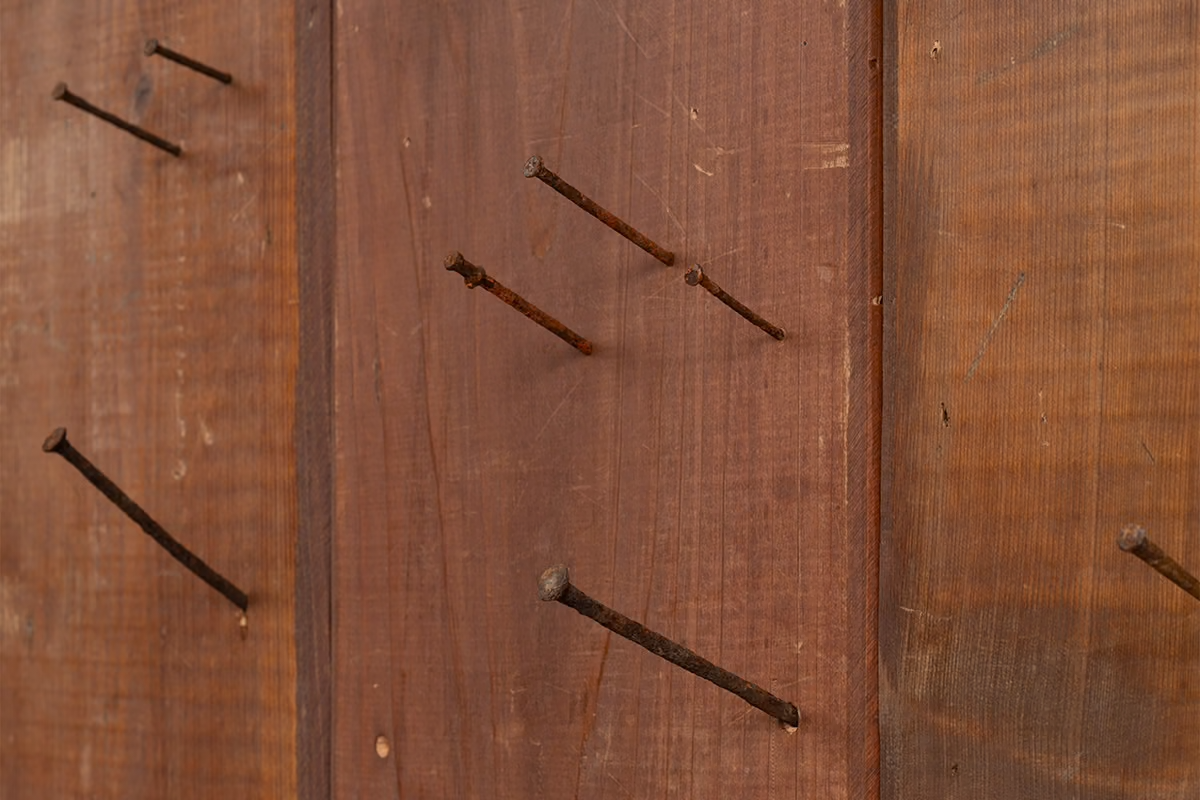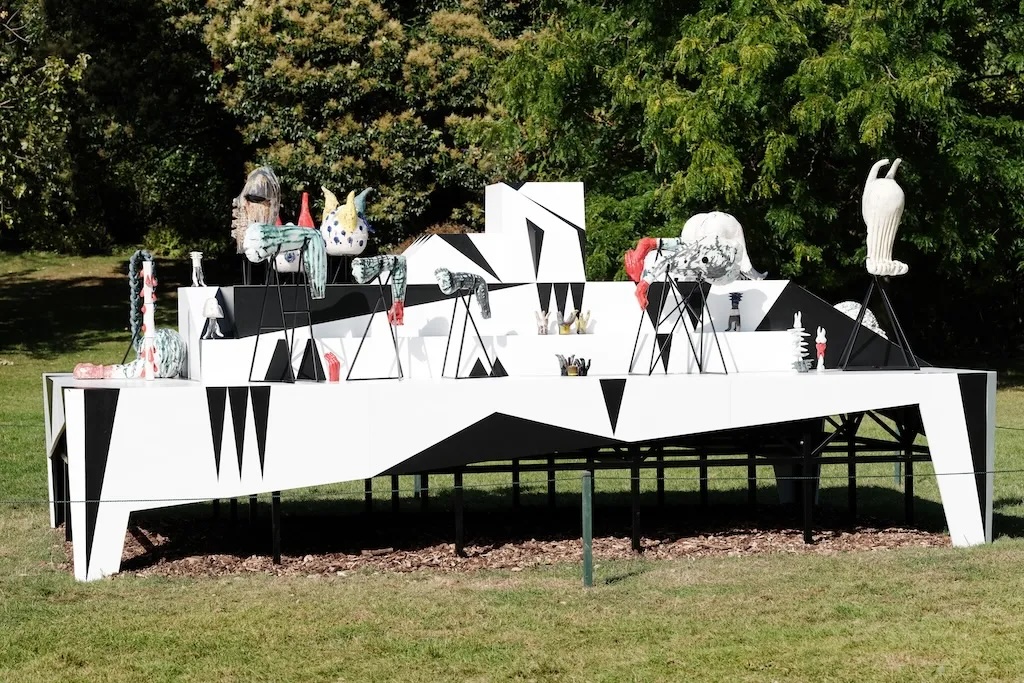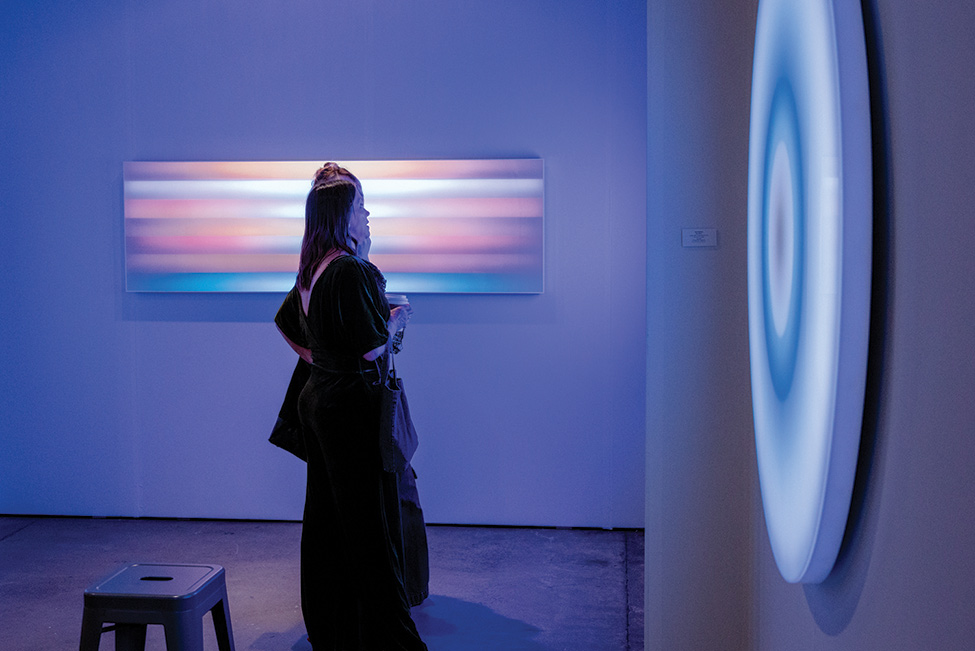What We're Reading: 4/7/25

Until recently, the Barcelona chairs only came in leather, with polished chrome frames. The reluctance to introduce new variations stemmed from a desire to stay true to Mies’ tastes. Knoll
This famous architect’s iconic furniture line is getting its first update in decades
There are only a handful of architects in contemporary history whose names are widely recognized.
Among this cohort is also Ludwig Mies van der Rohe, whose vision of industrial modernism helped define the look of postwar urban America. His signature materials — high-tensile steel, black graphite paint, broad panes of glass — and his minimalist ethos of “less is more” set him apart from the more decorative, hand-hewn buildings of earlier generations.

At the 2025 edition of the world’s most prestigious design fair, Salone del Mobile, in Milan, Italy, [van der Rohe's] iconic “Barcelona” furniture line — a sleek, blocky trio of a chair, daybed and footstool — is receiving its first major update in decades. Added options in the range feature new upholstery choices in twill, velvet and linen, and an ultra-matte black frame (perhaps a subtle nod to the architect’s hallmark painted steel). Previously, Barcelona items have only been available in various leathers, with polished chrome frames.
Via CNN
Art Institute Of Chicago Returned A Sculpture To Nepal But Obscured Its Connection To A Wealthy Donor
The Art Institute of Chicago announced recently that it had returned to Nepal a sculpture that had been in its collection for at least a quarter century. Conspicuously left out of the press release: that the sculpture had been a gift from a wealthy Chicago donor.
That omission obscured a simmering controversy about whether Chicago philanthropists Marilynn Alsdorf and her husband, James, both of whom are dead, improperly built their collection of hundreds of South Asian works and why the Art Institute, which houses some of that collection in its Alsdorf Galleries, has been reluctant to return those works to countries with compelling claims for them.
Via Block Club
Why five years after the pandemic, art fairs are still in recovery
Writing in The New York Times last month, Charles Kenny, the author and senior fellow at the Center for Global Development, noted that we may still be in the “chaos phase” of a pandemic cycle. “Our global economy and politics are suffering their own form of long Covid,” he wrote.
Five years on from the first lockdowns, the art market is far from back to full health, and art fairs, once the powerhouses of the industry, are struggling to regain their footing. Faced with rising exhibiting and travel costs as well as dampened spending among collectors, dealers are taking bigger risks by doing fairs. At the same time, the way VIPs engage with art world events has changed significantly since the pandemic. A survey published in November of 1,400 Art Basel VIPs revealed that art fair attendance almost halved between 2019 and 2024, from eight to an estimated five last year.
Via the Art Newspaper
Opinion: Art fair flyers should showcase human creativity
The spring flyer for Oakland's First Fridays street fair shows people strolling on an urban avenue past a building festooned with bright, pink flowers.
But that advertisement for an event celebrating creativity wasn't created by an artist. It was generated by AI.
Riva Lehrer, the artist and writer who also teaches at the School of the Art Institute of Chicago, told us: "We in the arts have to understand the machinery of our imaginations in order to become deeper artists. AI is like letting our minds be kidnapped and distorted. It is a vampire mirror, capturing your soul and putting it in a cage."
ViA NPR's Scott Simon







